I wanted to get some advice and learn more from a professional 3D artist and designer named Pierre Magnol. He has been a long time follower of The Pixel Lab, and has used our products in quite a few of his films and projects.
Let’s hear his process, favorite plugins, advice for beginners and his thoughts on AI!
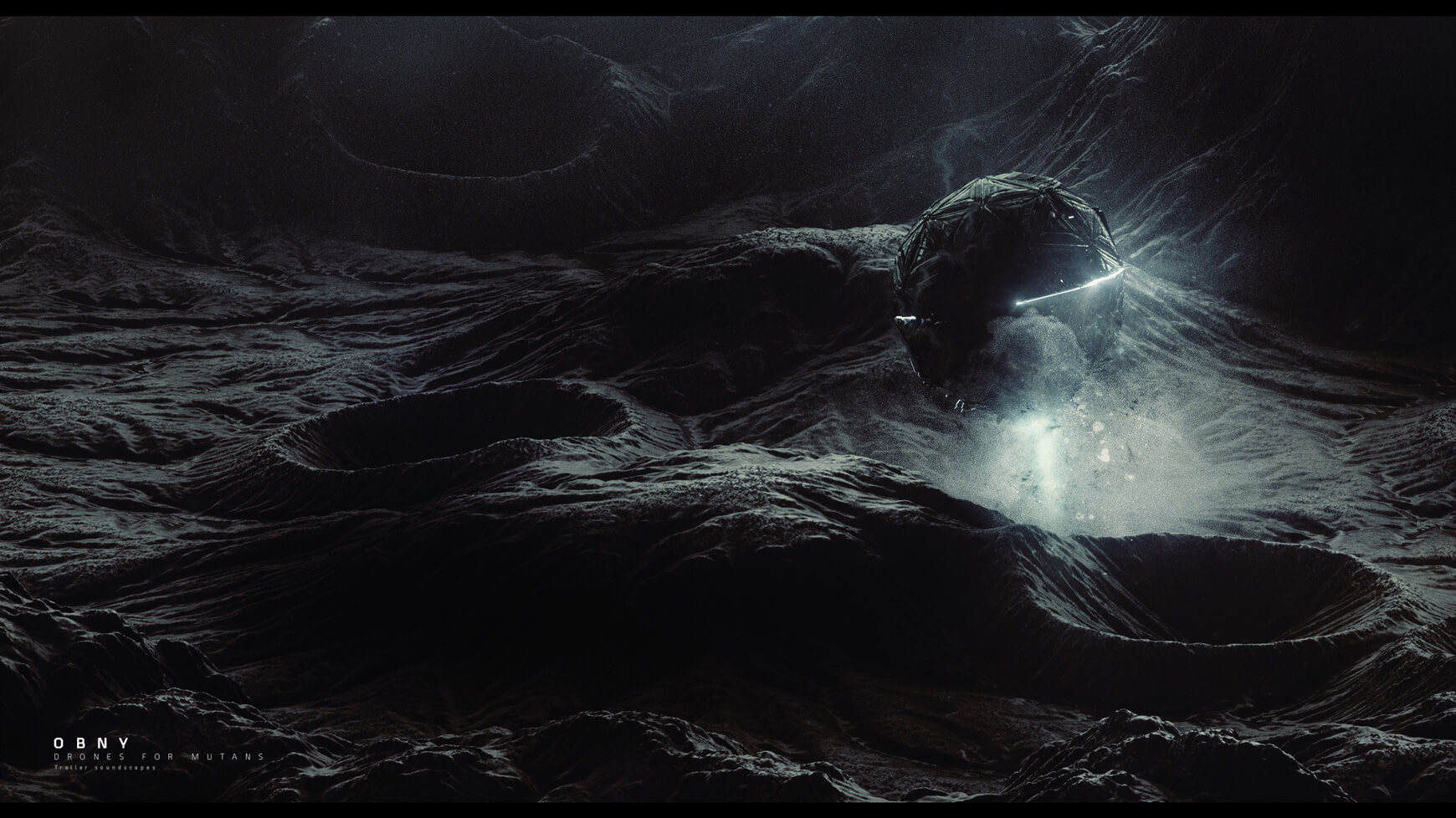
My name is Pierre Magnol (aka Bright-Photon). I’m a French director, designer and animator for the past 20 years.
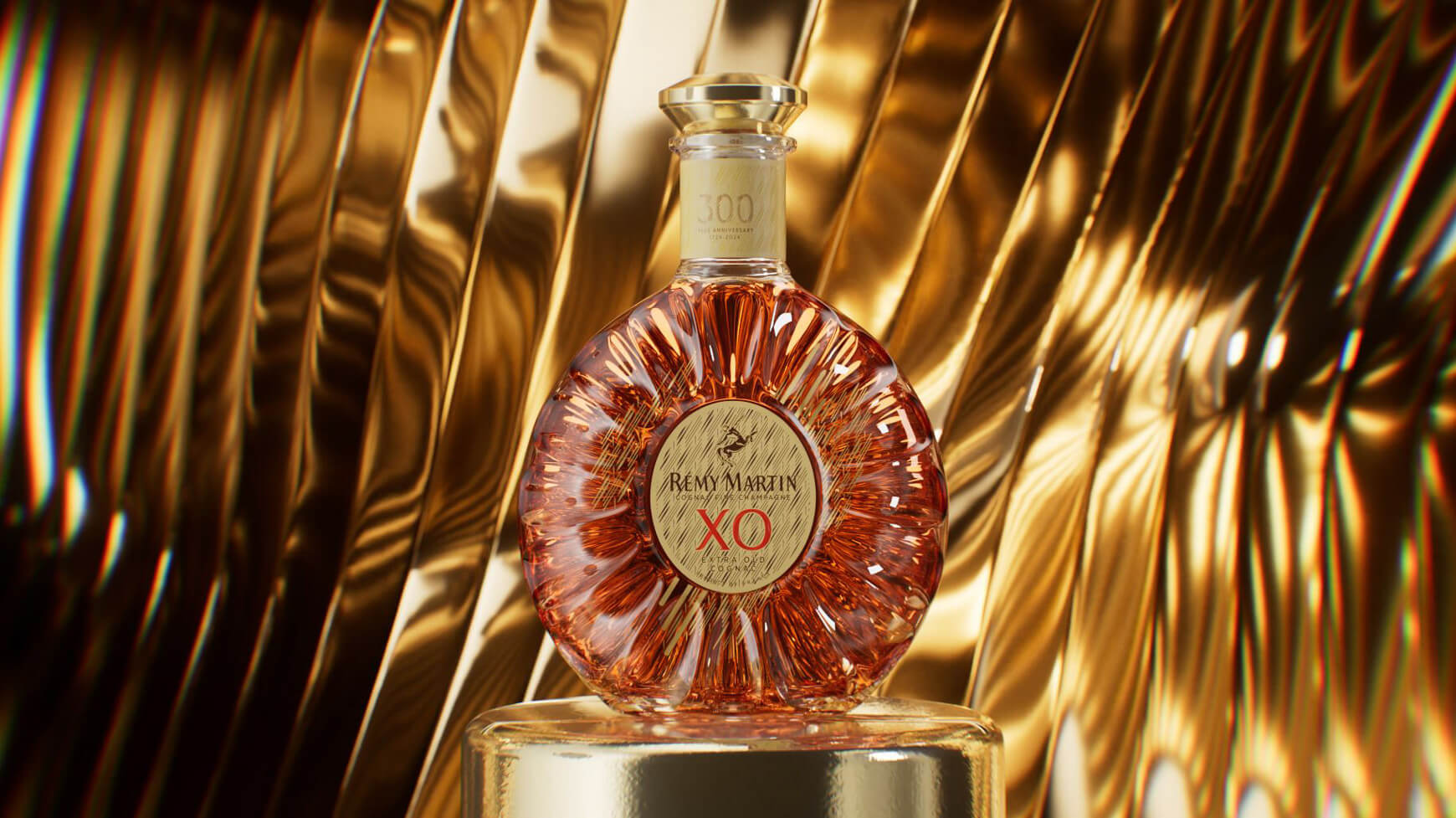
I started my career as a photographer and video editor for documentaries at Canal + Group from 1996 until 1999. In 1999 I joined a CD ROM publishing company which introduced me to the world of animated graphics. At the dawn of the 2000s, I discovered After Effects & Cinema 4D and became one of the very first French Motion Designers, for several television channels and luxury brands.
Since then, I have had the chance to manage different kinds of projects in every area of creative content (VFX / Commercials/Digital Content). I started my freelance career in 2002 until now as a 3D director and CG artist.
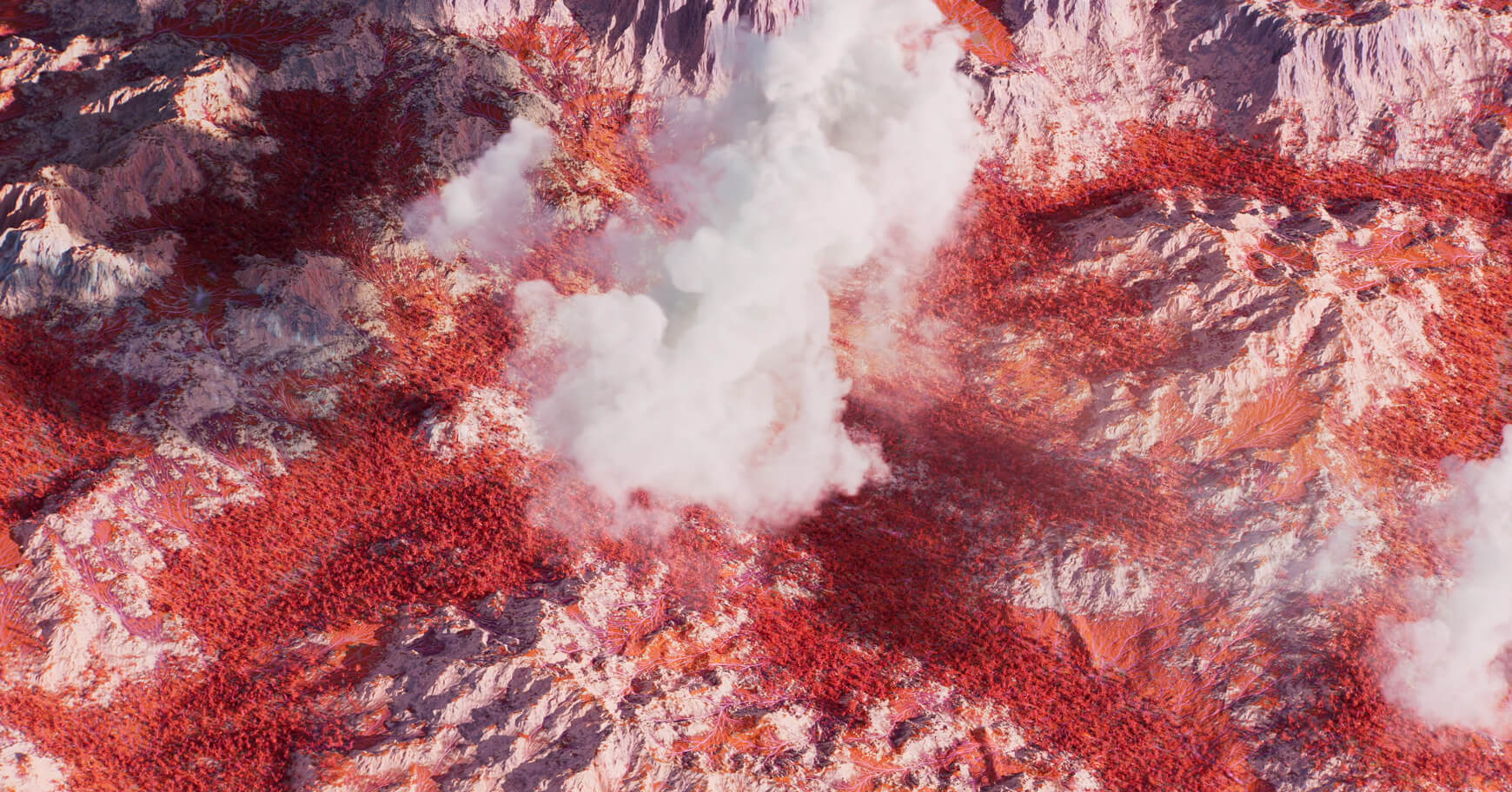
(Check out our Cloud VDBs seen in this render here)
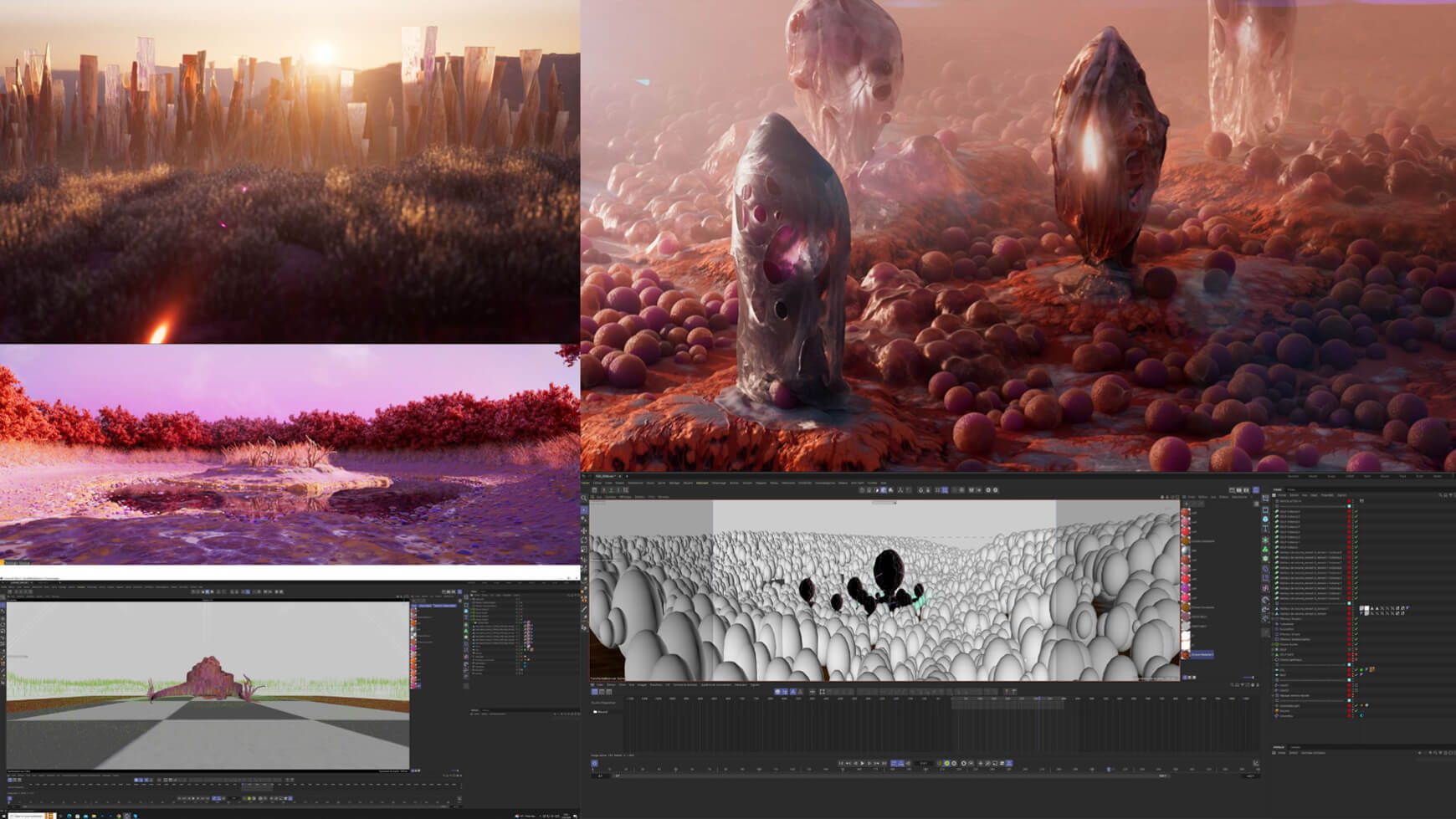
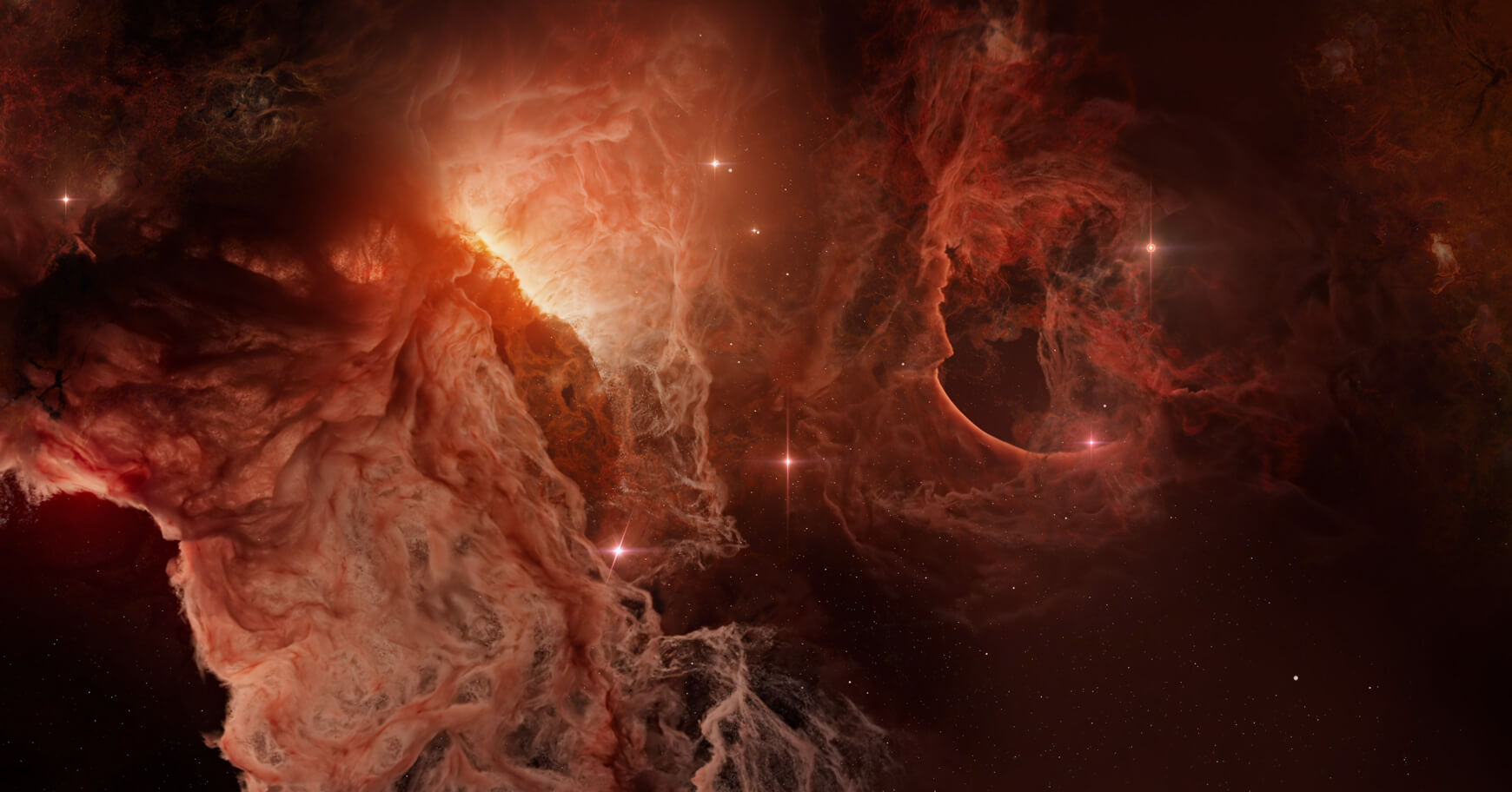
(Check out our Nebula VDBs seen in this render here)
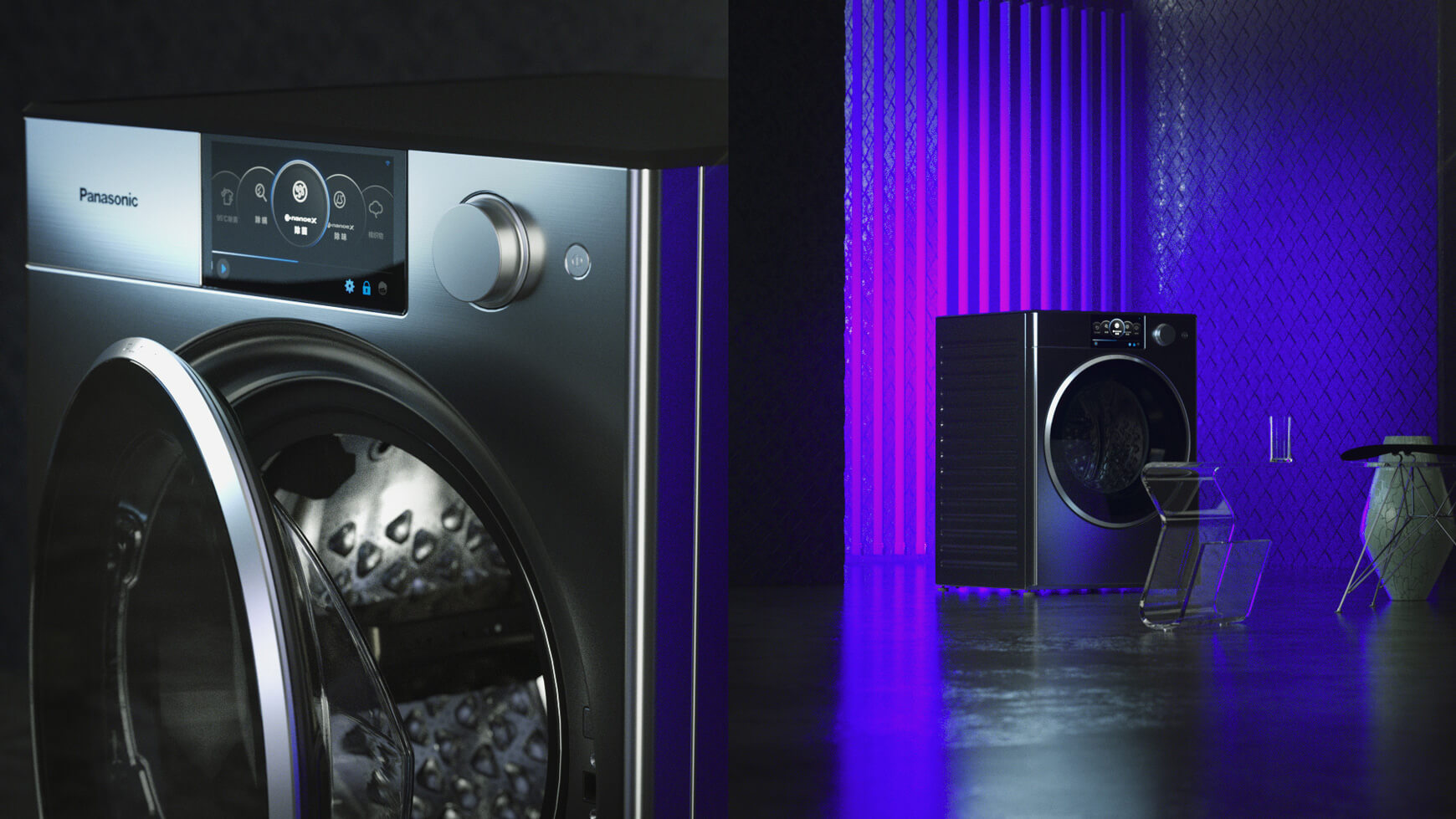
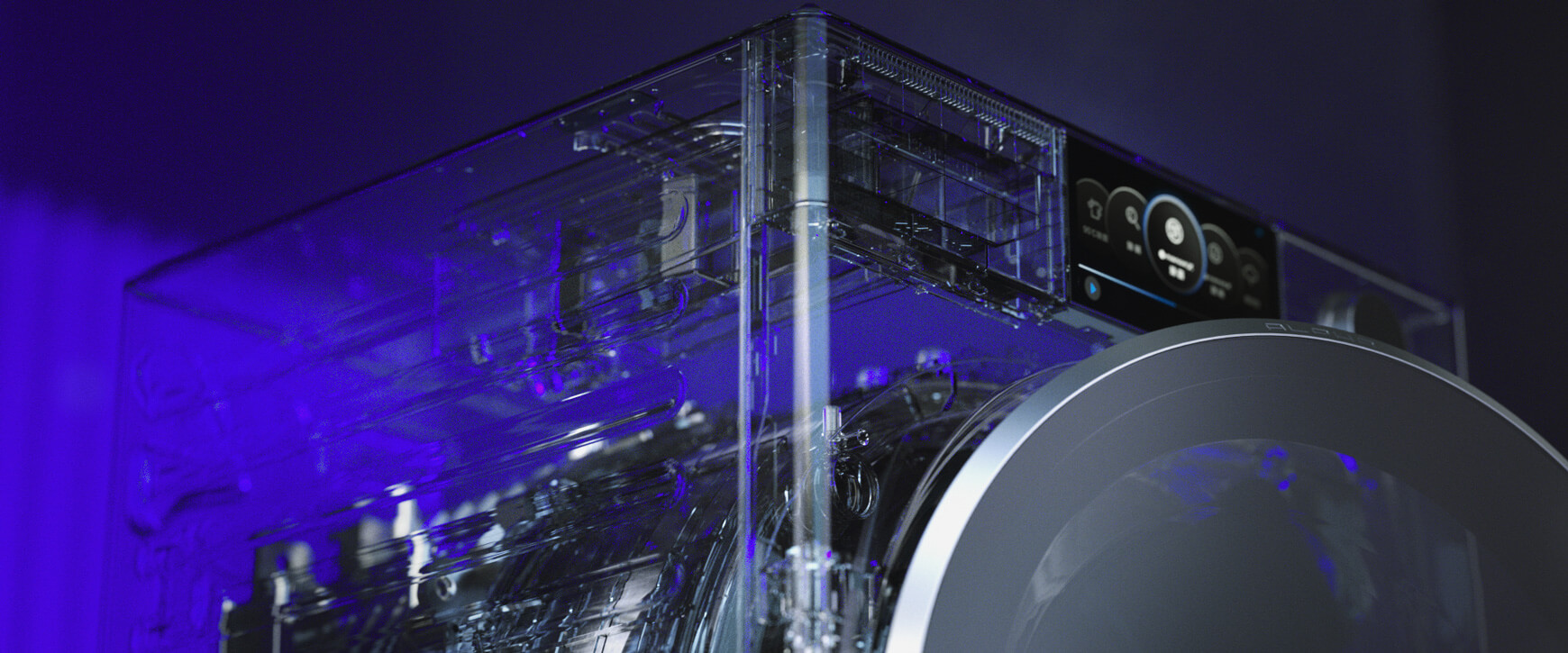
I learned 3D on Bryce and 3ds Max. I started to use Cinema 4D in 2004 and since then it is my main software. I have always found C4D very intuitive and that’s why I have used it forever!
As for render engines, I use Octane mainly. Since I am more an artist than a technician I really enjoy the intuitive way it works. After testing many other render engines I finally chose this one because of Octane’s speed and a very quick learning curve. I love it!
(Here’s a great article on which render engine to use, if you’re interested)
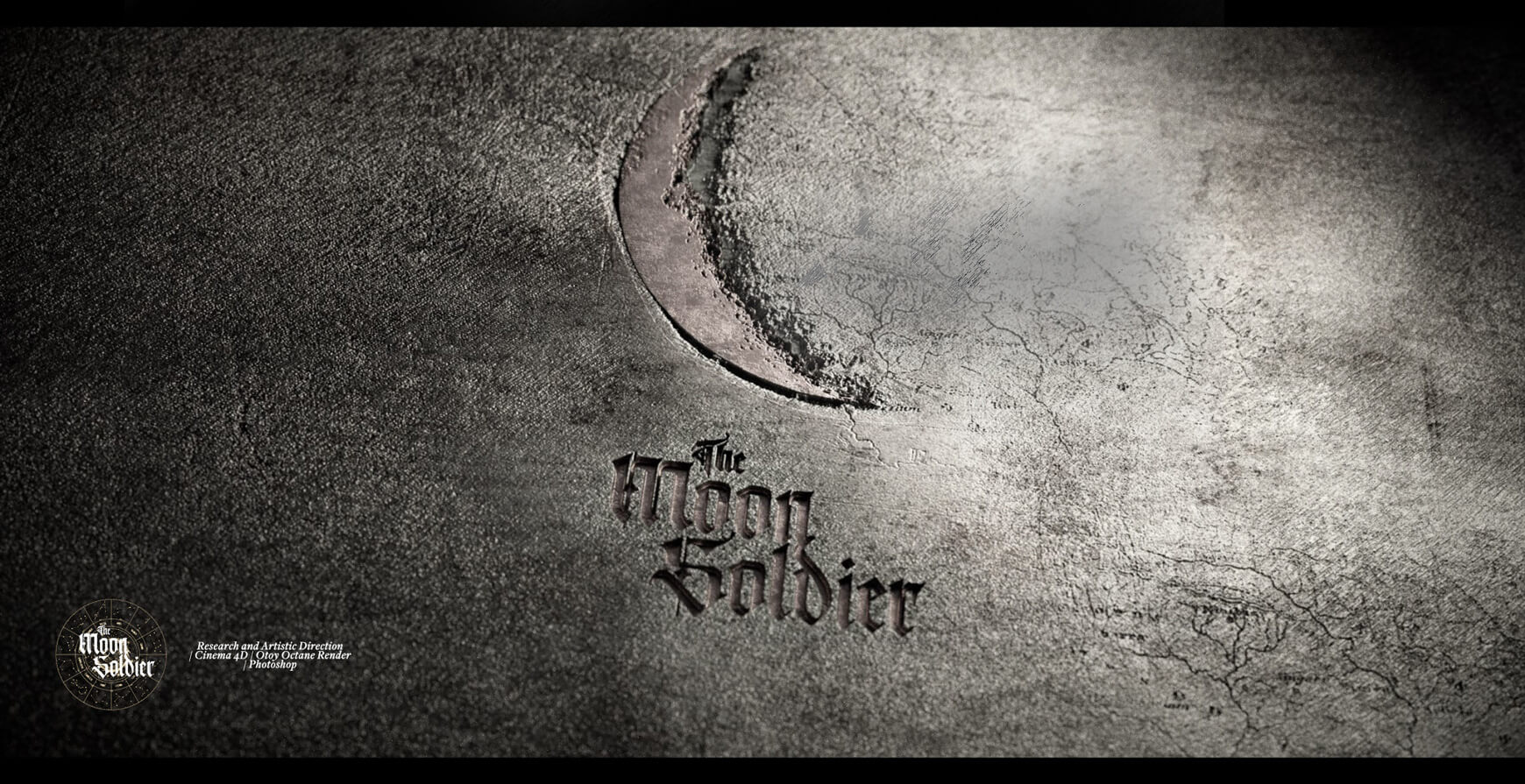
(Check out our Octane Textures seen in the above renders here)
I use VDBs when I don’t have the expertise myself to build something that is out my skillset or else if I don’t have time. The only thing to think about is to be aware of the size and and how it can slow down your render times, so always choose the appropriate resolution. Use lower resolution ones for in the background and high resolution ones for hero closeups.
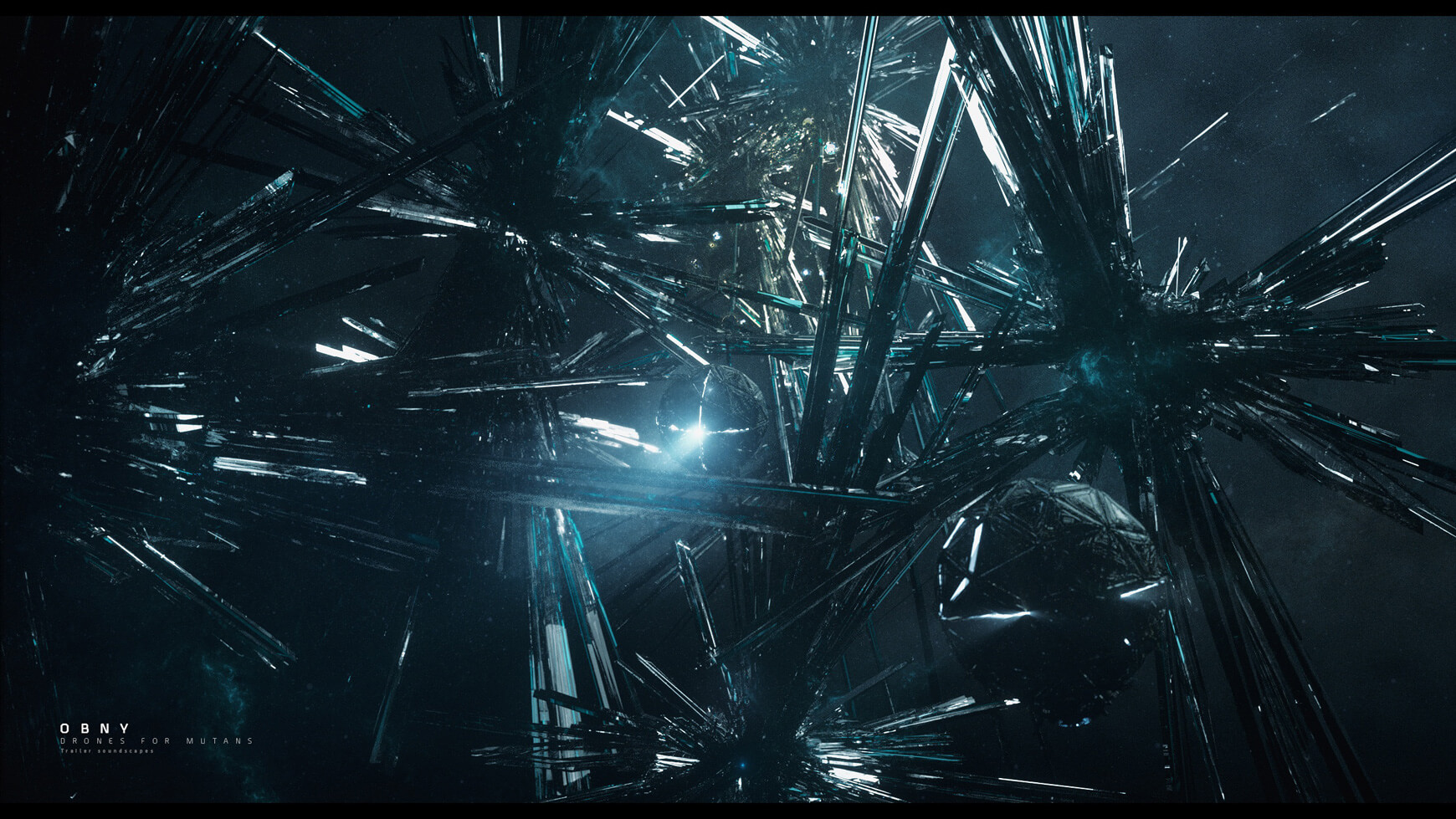
I am very concern by the rise of AI. Not about all of the applications and fields it is disrupting, because it is incredible progress when used in hard science and medicine. But for the creative business it represents a real threat. We could discuss this for hours, but at some point it’s a real philosophical choice we need to consider going forward as artists.
I see, of course, many jobs will suffer from AI and I guess it’s already the case for some. But above all there is a great confusion about what AI does. AI does NOT create anything. It executes, compile and makes the most efficient average of a request.
According to me “Creating” consists, in most of the cases, with how you manage things in life like your failures and transmute these experiences then into your art. As the time passes by in your life, you become an artist with a wide range of experiences you draw on as a human. If this disappears from our art, it will be a tragedy. Our “know how” as humans and our experiences will disappear.
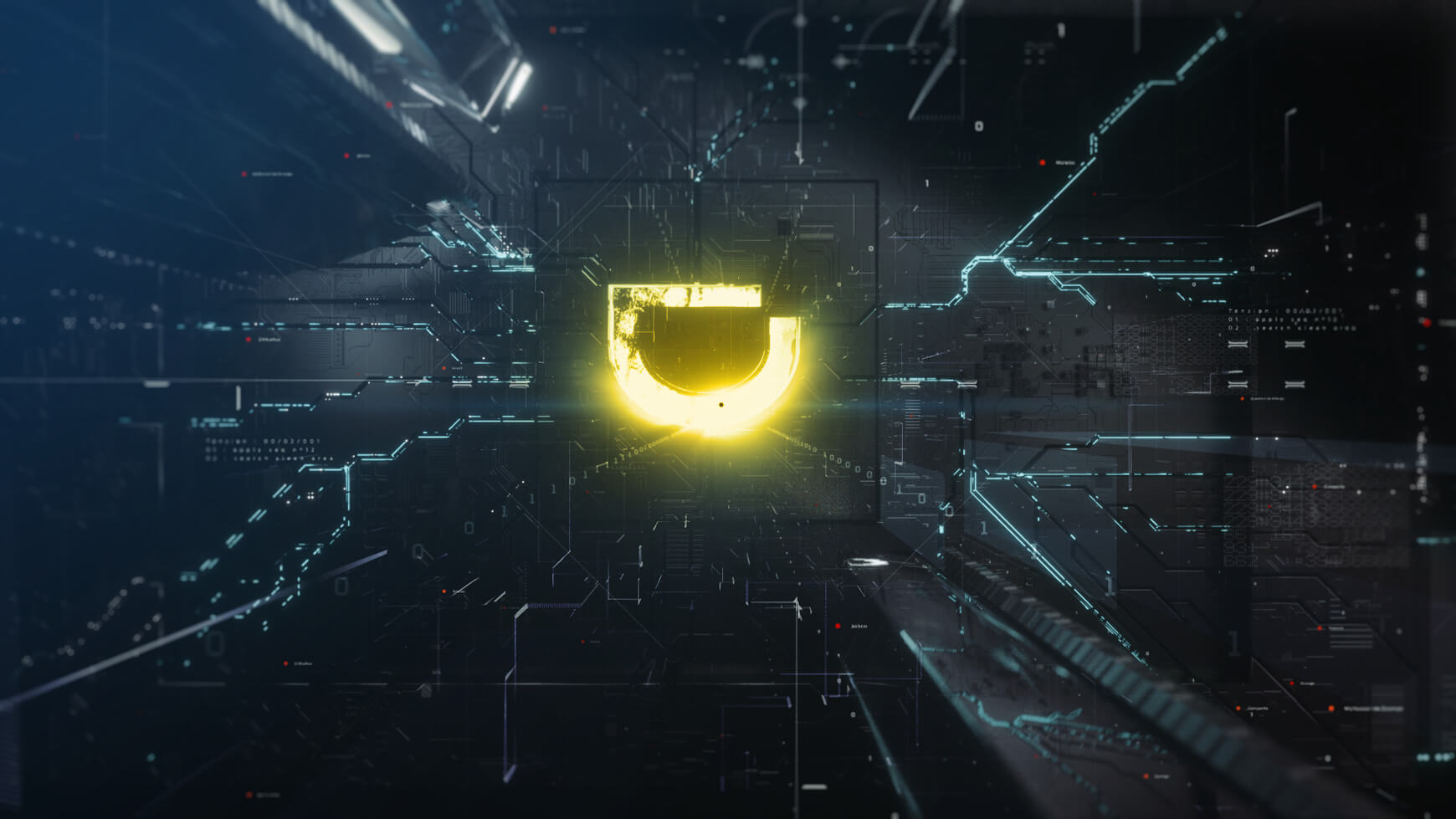
If it goes in the direction of the global use of the AI in art, I am not very exited. I still want to believe that people desire to experiment by themselves and be involved in every aspect of the creation.
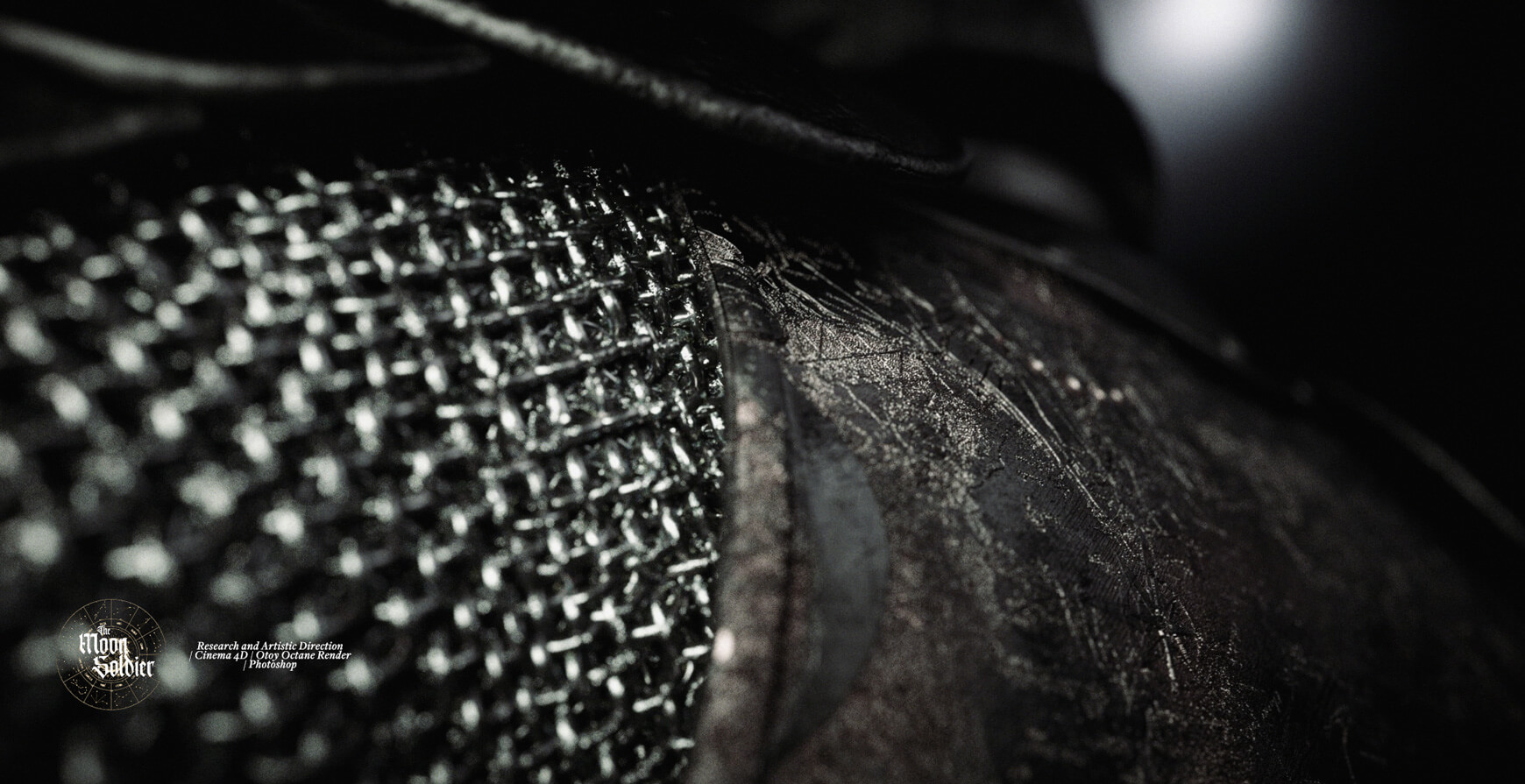
It’s pretty simple. Wake up early + coffee + create + sleep then repeat 🙂
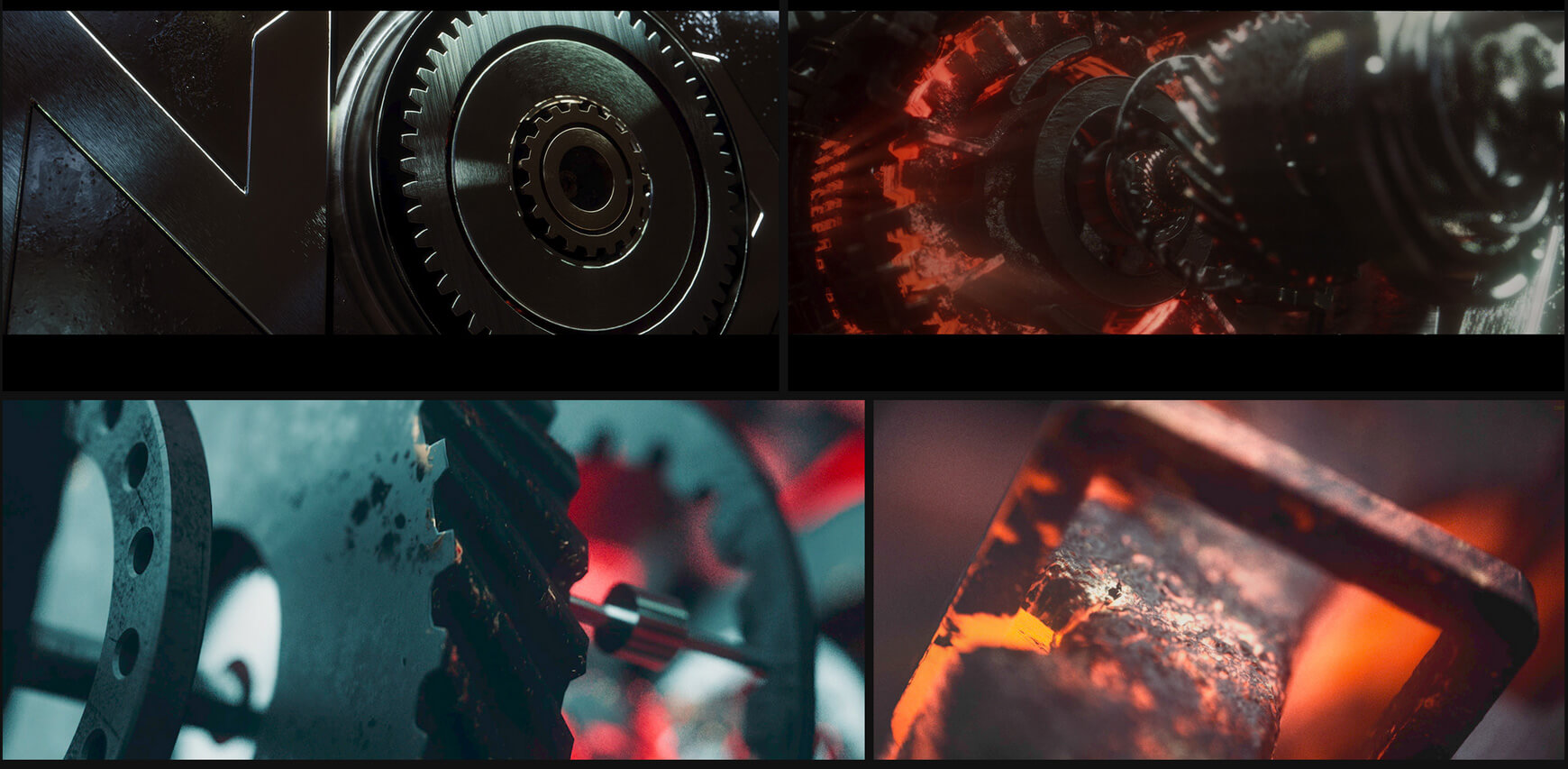
You can find me at: www.bphoton.com Thank you!
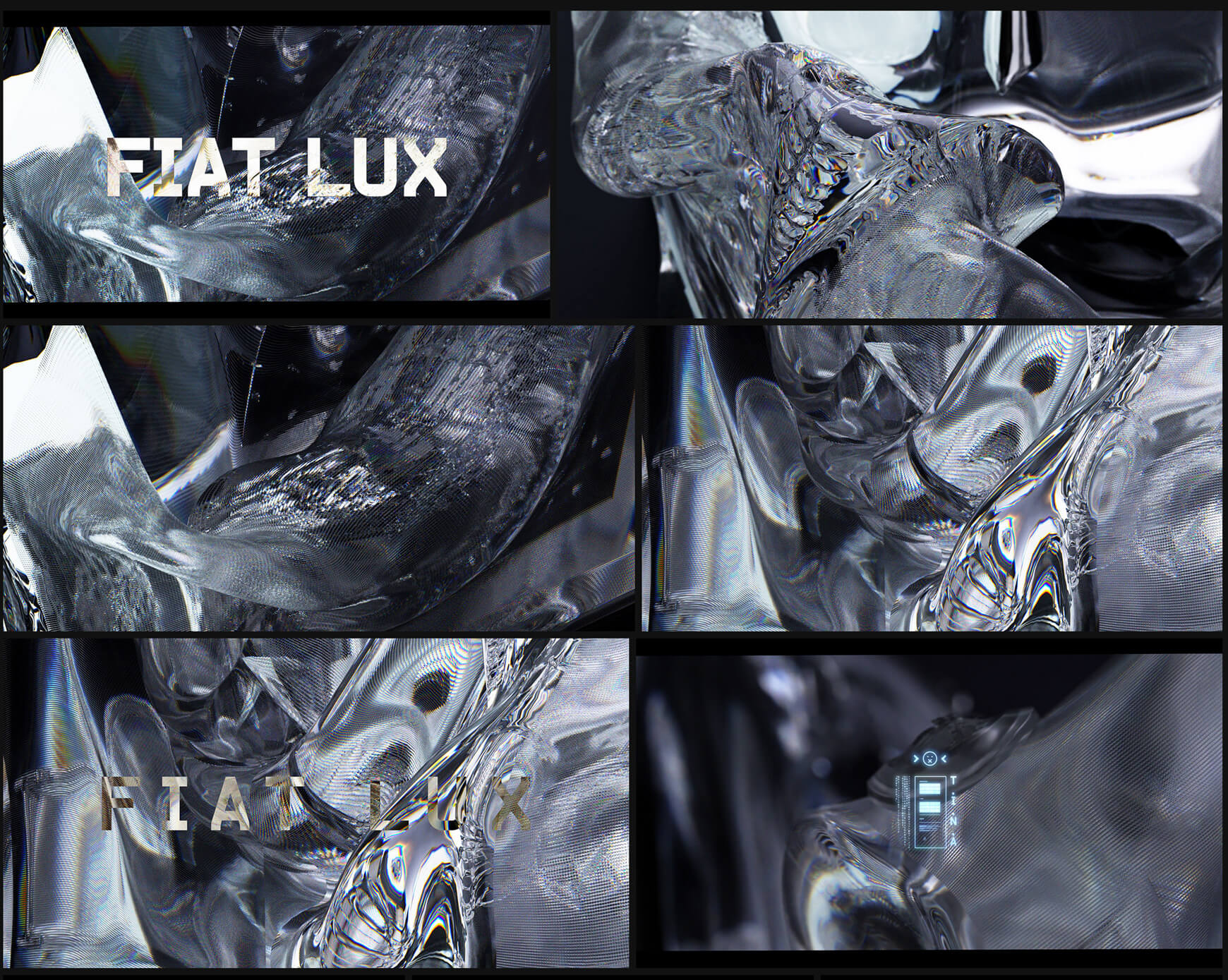
I hope you enjoyed this interview with Pierre. If you want to use the same assets that he uses in his renders, check out our Octane Textures and lighting rigs!
If you want more, check out our VDB and VFX Elements which Pierre has been using in his projects. Get explosions, fire, clouds, smoke, water and more for your next project!